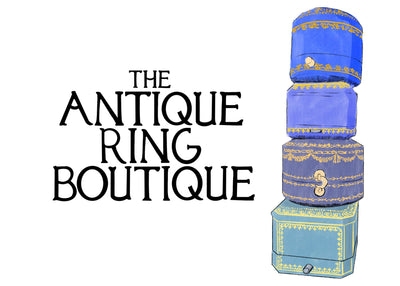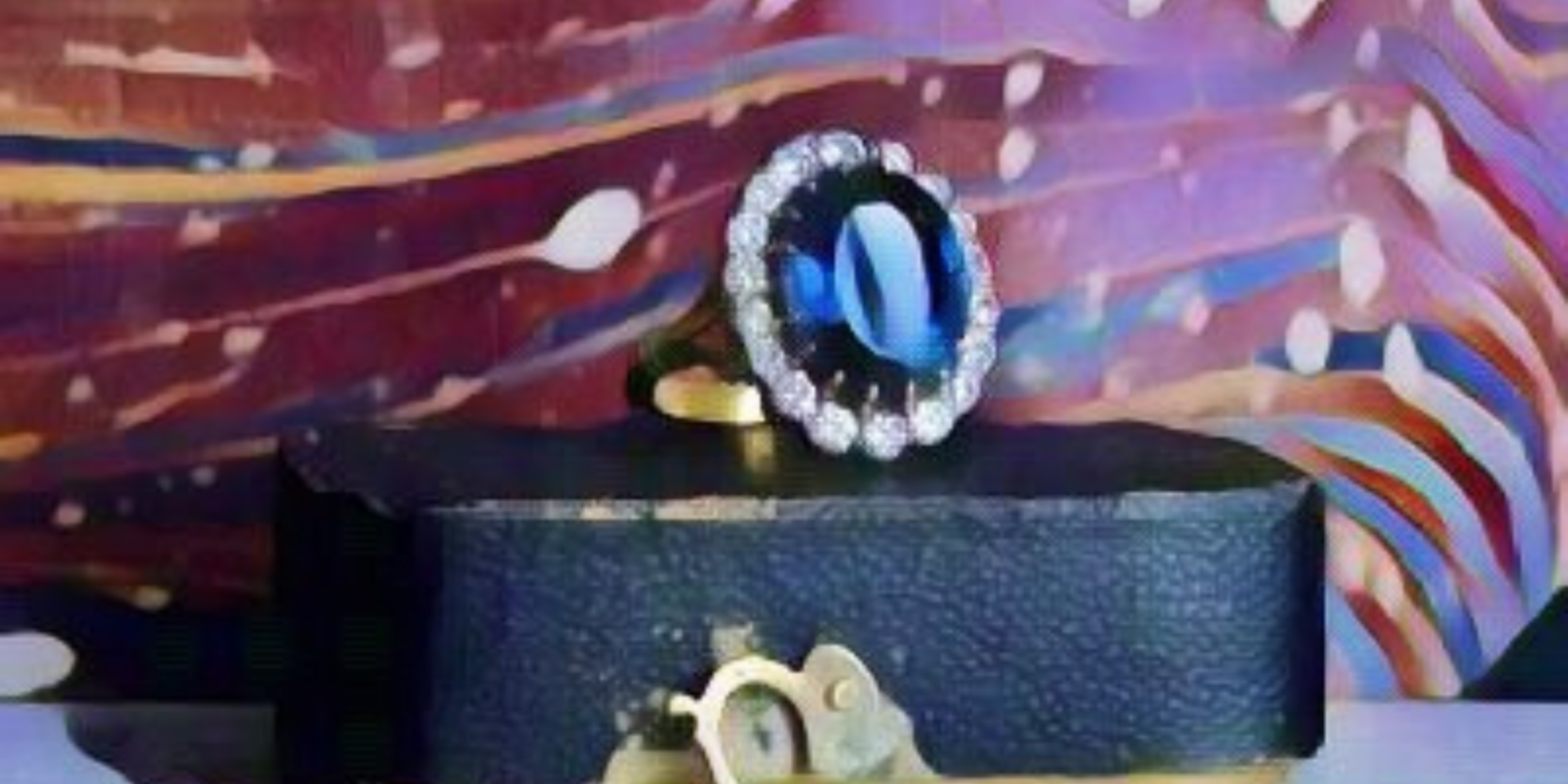Unlike any other gemstone, tourmaline can be found in pretty much all the colours of the rainbow! Along with opal, this stunning gemstone is the alternative birthstone for October. The word "tourmaline" derives from the Sinhalese word "turmali," which was the name given to all colourful crystals on Sri Lanka's island at the time.
The history of Tourmaline
In the late 1600s or early 1700s, Dutch traders Tourmaline off the west coast of Italy. The incapacity of ancient gem traders to distinguish tourmaline from other stones is reflected in this all-encompassing name. Many early traders also believed green tourmalines were emerald and pink and red tourmaline were formerly mistaken for rubies.
Tourmaline Colours
Tourmalines come in a variety of hues and are a group of closely related mineral species with similar crystal structures but differing chemical and physical characteristics. They all include silicon, aluminium, and boron, but additional elements such as sodium, lithium, calcium, magnesium, manganese, iron, chromium, vanadium, fluorine, and occasionally copper give them colour. Elbaite, liddicoatite, dravite, uvite, and schorl are the most common tourmaline species. Elbaites has the most diverse selection of gem-quality tourmaline hues. They come in a variety of colours, including green, blue, and yellow, as well as pink to red, colourless, and colour-zoned. Even little compositional modifications can result in radically distinct hues.
Tourmaline Symbolism
According to legend tourmaline gemstones were used to aid in the creation of a protective barrier around a person or space, preventing negative or unwanted energies from entering. Many people also use these stones to anchor and balance all of the chakras. Even tough energy and bad thinking patterns may be transmuted into more useful energy and thoughts by using the stone.

